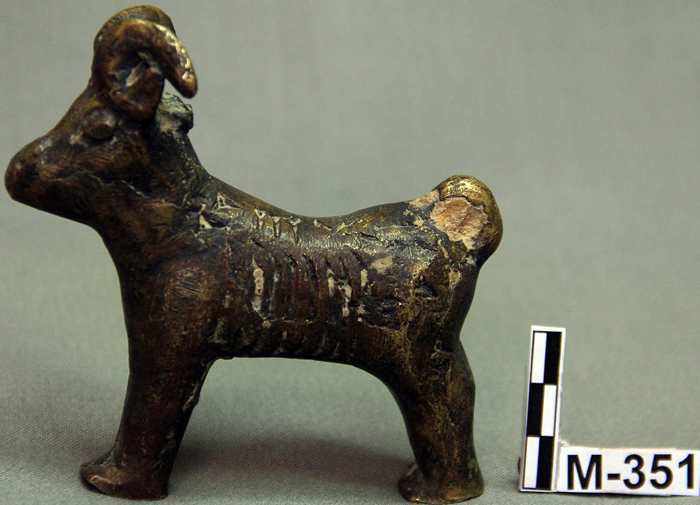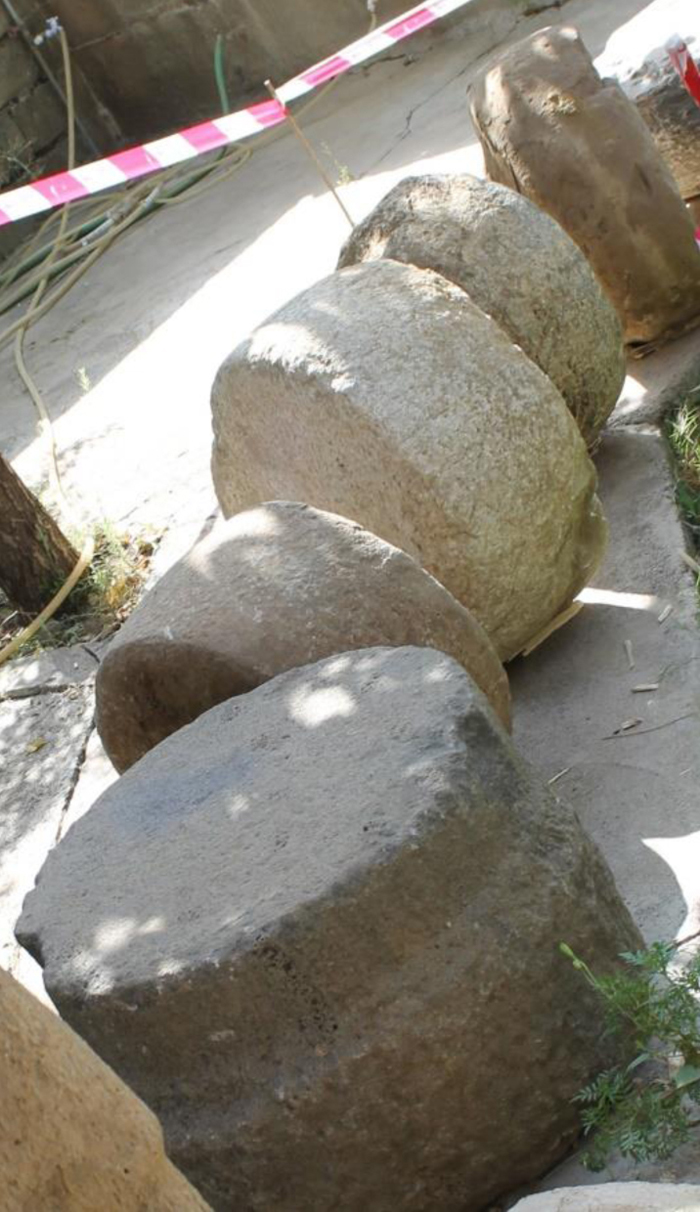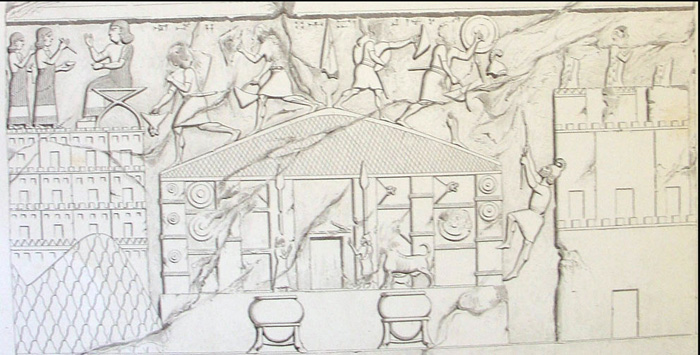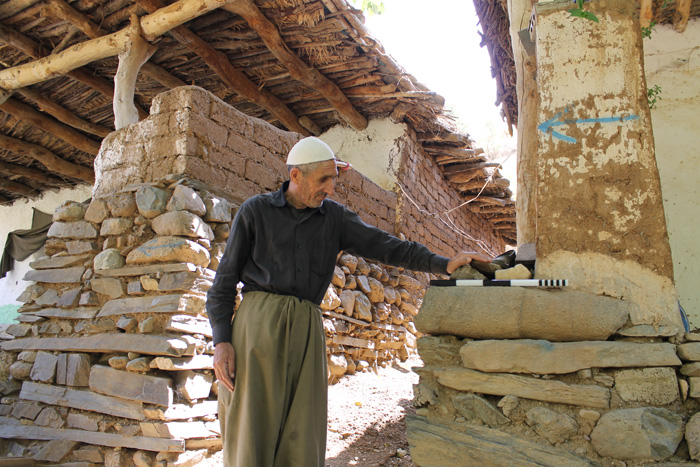Photos: New archaeological discoveries in northern Iraq
Kurdistan archaeology
An archaeologist working in the Kurdistan region of northern Iraq has made several discoveries, including life-sized human statues and the remains of an ancient temple. The artifacts were found accidentally by villagers and were collected during fieldwork. The finds date back more than 2,500 years to the "Iron Age," a time when several groups, such as the Urartians, Assyrians and Scythians, vied for control of the area. This image shows the region's hilly environment.
Related: Read full story on the Iraq discoveries
Wild goat
This bronze statuette of a wild goat is about 3.3 inches (8.4 centimeters) in length and 3.2 inches (8.3 cm) in height. It has a cuneiform inscription on it, which researchers are currently deciphering.
Temple bases
These massive column bases, found in a village, are believed to be from the lost temple of the city of Musasir. This temple was dedicated to Haldi, who was the supreme god of the kingdom of Urartu. The temple's location has long been a mystery, one that may be solved by the discovery of these column bases.
Temple of Haldi
A 19th-century drawing of an ancient relief that depicts the sacking of the temple of Haldi by the Assyrians.
Human statues
Several life-sized human statues have also been discovered in Kurdistan. They all show bearded males and would have been erected above burials. Most of them date to either the seventh or sixth centuries B.C., a time when the Scythians and Cimmerians advanced through the Middle East.
Related: Read full story on the Iraq discoveries
Get the world’s most fascinating discoveries delivered straight to your inbox.
Sad stance
Another newly found statue. The life-sized statues show a sad posture befitting their role atop a burial.
Accidental find
Villagers accidentally found the artifacts in the Kurdistan region of northern Iraq and then told archaeologist about them. This image shows a particularly large statue within a modern-day village.
Statue torso
In some cases the artifacts were re-used by villagers after they were found. In this photo the stone with the measuring stick on it is actually the torso of a life-size human statue. It had been re-used for modern-day construction.
Originally published on Live Science.

Owen Jarus is a regular contributor to Live Science who writes about archaeology and humans' past. He has also written for The Independent (UK), The Canadian Press (CP) and The Associated Press (AP), among others. Owen has a bachelor of arts degree from the University of Toronto and a journalism degree from Ryerson University.










